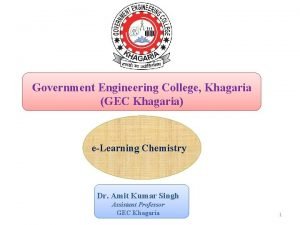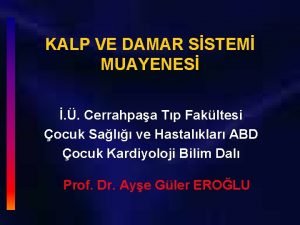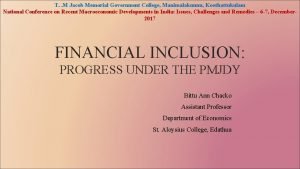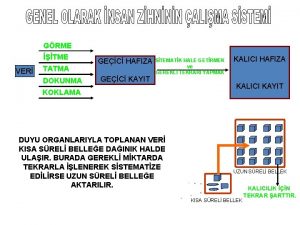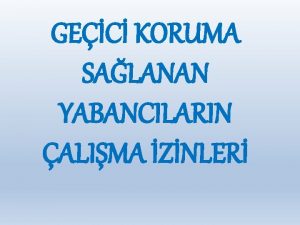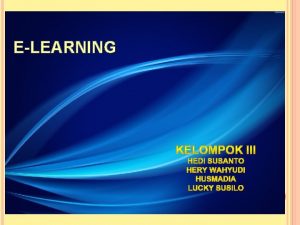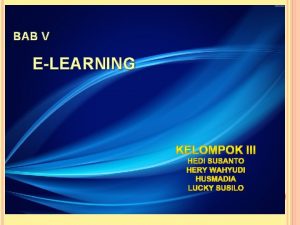Government Engineering College Khagaria GEC Khagaria eLearning Chemistry








- Slides: 8

Government Engineering College, Khagaria (GEC Khagaria) e-Learning Chemistry Dr. Amit Kumar Singh Assistant Professor GEC Khagaria 1

CONTENTS • • Chapter 3: “Organic reactions and synthesis of a drug molecule” Chapter Plan Introduction to intermediates Reactions involving substitution, addition, elimination Oxidation- reduction, Diels elder cyclization and epoxide ring openings rxn Synthesis of a commonly used drug molecule like aspirin. • Introduction to intermediates Intermediates are organic species which are formed for a short live during the reaction and further final product is formed from that intermediate. As we all know that it is very difficult to isolate intermediates, only few stale intermediates can be isolated. • Types of intermediates. Carbocation Carbanion Free radical Dr. Amit K. Singh, GEC Khagaria 2

Carbocation • Organic Species having 6 electrons paired having positive charge on central carbon. • In Carbocation central carbon is SP 2 hybridized, Planar (means every atoms on the single page) with a vacant p-orbital, which will be perpendicular to the plane (means above at 90 o to the page) Ø There are two types of carbocation: i. Short lived: C+ (CH 3)3 C+, (CH 3)2 CH+ ii. Stable C+: (Ph)3 C+, (Ph)2 CH+ • Formation of C+ by Heterolytic cleavage: i) By direct breaking of C-X bond in presence of highly polar solvent Dr. Amit K. Singh, GEC Khagaria

ii) By adding of proton to unsaturated comp. • Stability Order: Normal stability order of carbocation. Over all stability order of carbocation Here Carbocation stability order is due resonance as the positive charge is delocalized on various carbon atoms, whereas CH 3+ is least stable, as in this case the positive charge is not delocalized. It is fully present on a single carbon atom. Dr. Amit K. Singh, GEC Khagaria 4

Carbanion • Organic species with negative charge on the central carbon atom having one pair of electron present in the SP 3 orbital. In carbanion there is 3 covalent bonds present. • It is formed by different ways i) Formation of C- by Heterolytic cleavage of C-H bond. ii) By breaking of C-M (M= Metal) bond. Dr. Amit K. Singh, GEC Khagaria 5

• Stability Order of Carbanion 3 o is least stable as there are three methyl group which donate electron to the central carbanion so on that carbon negative charge is more compared to other, making it least stable. As more charge less stable. Dr. Amit K. Singh, GEC Khagaria 6

Free radical A species having a C-atom with one free electron and no charge is called as free radical. Structure: Free radicals are generally SP 2 hybridized Stability: Dr. Amit K. Singh, GEC Khagaria 7

2 nd Lecture will be on “Reactions involving substitution, addition, elimination. ” Dr. Amit K. Singh, GEC Khagaria 8
